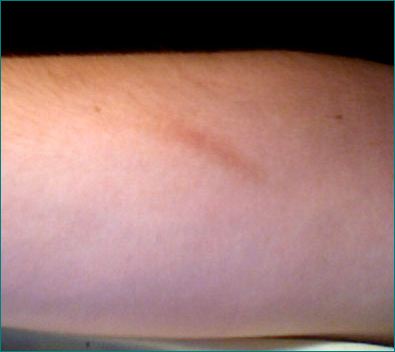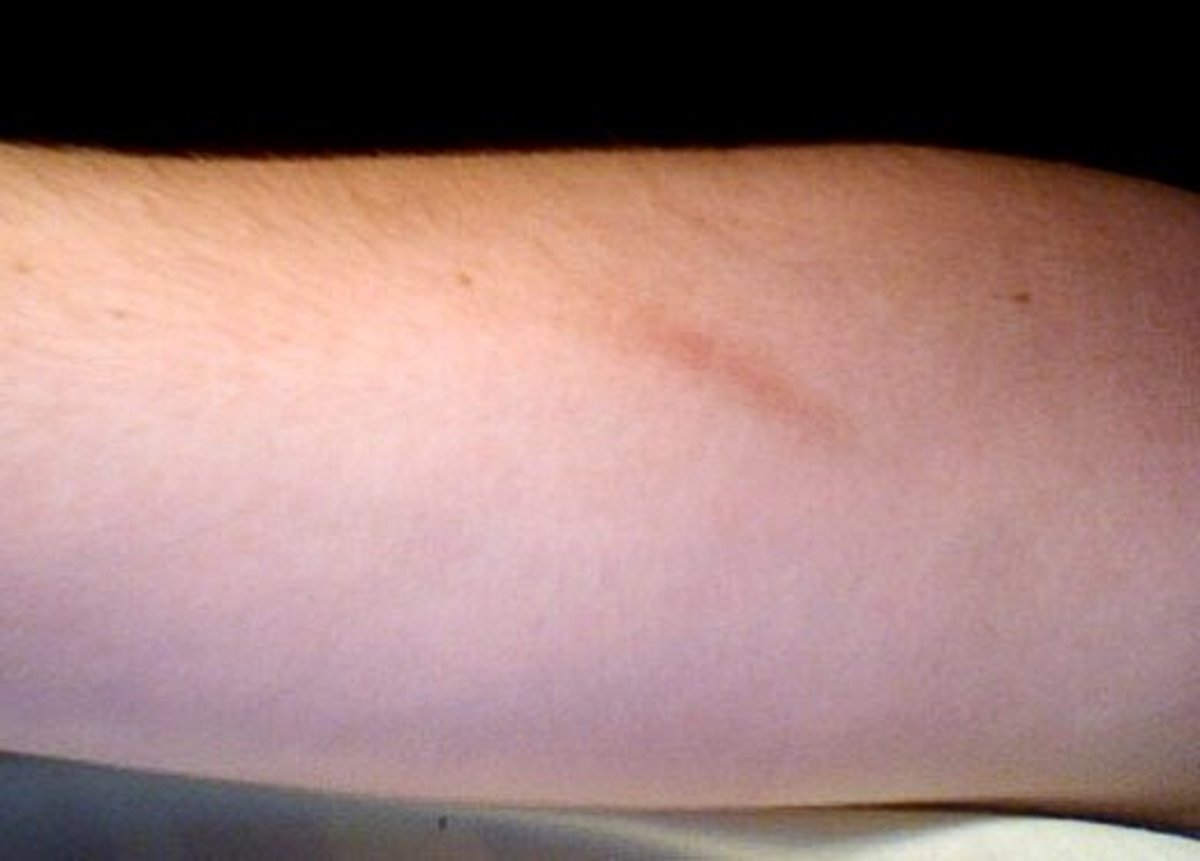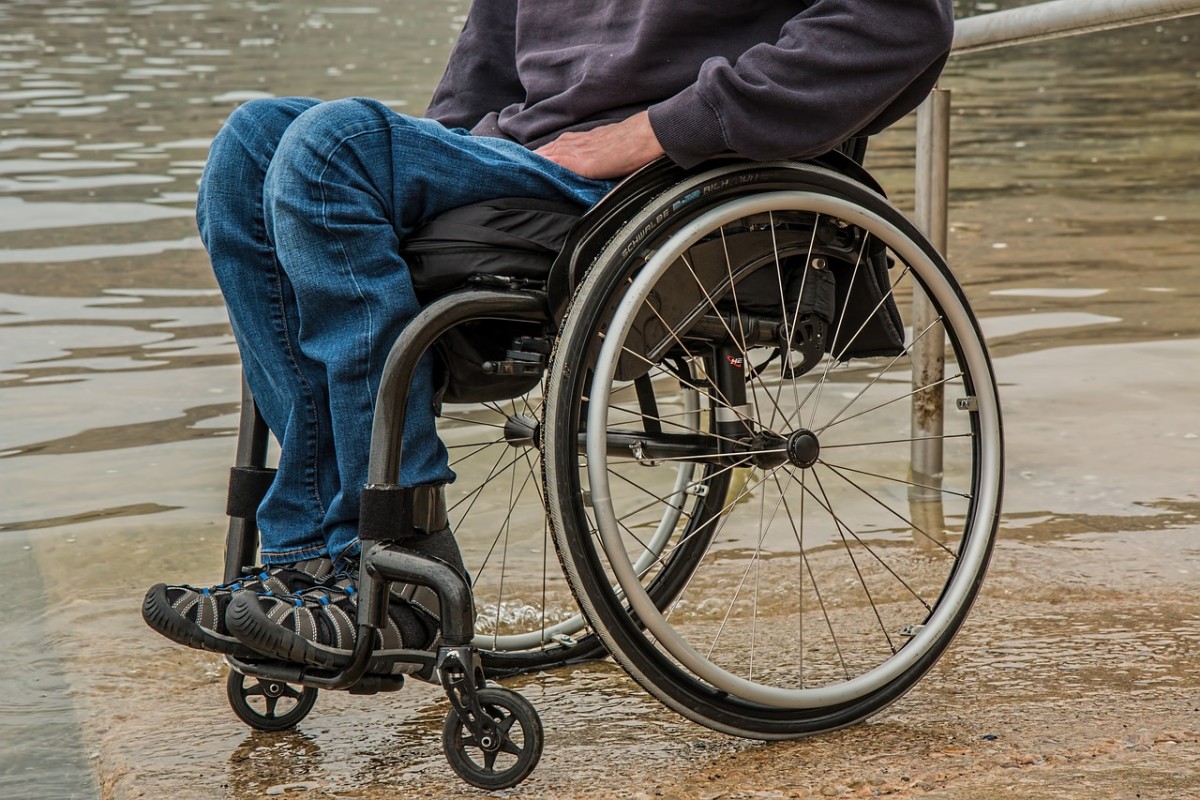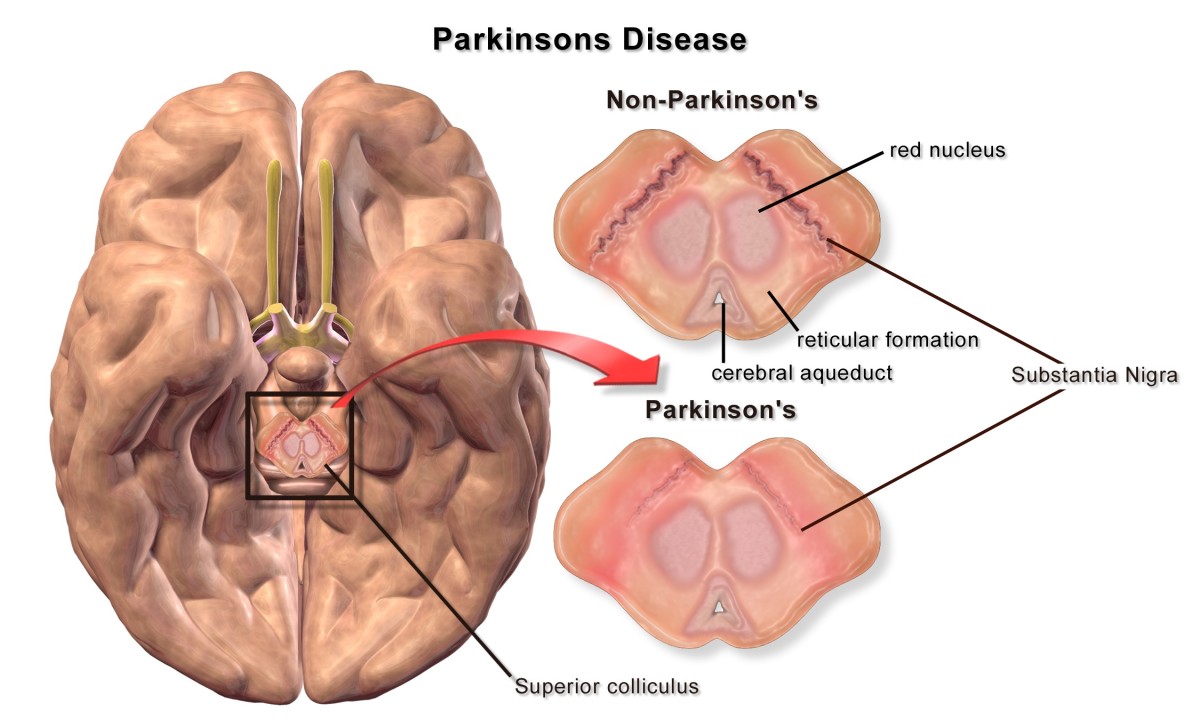Can Stem Cells Prevent Scars or Adhesions?

Can New Treatments Prevent Scars?
Yes is the short answer. Can it be done, of course. Is it expensive beyond the pale? Depends on how much it takes to go pale! How is it possible that something can be added to a naturally healing wound and have it heal without scars? Particularly a deep or old wound seems to be an expected scar.
For layman's terms and ease of providing this hub, I'm going to refer to a Wiki definition of how a scar if formed and some other information. Here is the definition found a Wikipedia:
Scars are areas of fibrous tissue (fibrosis) that replace normal skin after injury. A scar results from the biological process of wound repair in the skin and other tissues of the body. Thus, scarring is a natural part of the healing process. With the exception of very minor lesions, every wound (e.g. after accident, disease, or surgery) results in some degree of scarring. An exception to this is animals with regeneration, which do not form scars and the tissue will grow back exactly as before.
Scar tissue is the same protein (collagen) as the tissue that it replaces,[1] but the fiber composition of the protein is different; instead of a random basket weave formation of the collagen fibers found in normal tissue,[1] in fibrosis the collagen cross-links and forms a pronounced alignment in a single direction.[1] This collagen scar tissue alignment is usually of inferior functional quality to the normal collagen randomized alignment. For example, scars in the skin are less resistant to ultraviolet radiation, and sweat glands and hair follicles do not grow back within scar tissue.[2] A myocardial infarction, commonly known as a heart attack, causes scar formation in the heart muscle, which leads to loss of muscular power and possibly heart failure. However, there are some tissues (e.g. bone) that can heal without any structural or functional deterioration.
So how do we set up our own bodies with the regenerative processes that other animals have, or at least enhance our opportunity to heal. Science is the answer and there is a lot of it going on. If we can remember back to when Christopher Reeves had his accident and the world was enamored with the idea of using fetal stem cells to repair nervous systems, like Mr. Reeves, if they could just figure out how. Remember how everyone was upset with then President Bush for saying he was against more lines of fetal stem cells but using adult stem cells made a lot of sense? President Bush was put down in a lot of ways over that whole discussion of fetal stem cells vs. adult stem cells. What do you know yourself about the difference? When you hear adult stem cell, how old of a person is involved in forming one? In the U.S. you have to be at least 18 in many ways to vote or buy beer - basically to be an adult. Or is it 21 that would make us an adult so we can produce adult stem cells.
Well not exactly. Let's go back to fetal stem cells. What is going on there? Cells are forming and splitting into more and more cells - just to get to volume. Nothing has decided what the individual cell is going to be yet. All of this is going on in some magical fluid called amnionic fluid. The bag all this is held in, that is the developing fetus as well as this fluid, is the placenta. This bag is pretty interesting. It has a liner on the inside that has a lot of epithelial cells - like skin, that provide kind of a waterproof liner. The next layer outside the innermost layer is called the chorion layer and is about twice as thick as the inner or amnion layer.
This is a lot of information and it can be quite boring so I want to say we are almost to the point. There are cells that have everything they need to have to be something, but they have not yet been told what to be by the "host." They are plentiful in the fluid, in the amnion layer and twice as many in concentration in the chorion layer. These are adult mesenchymal stem cells. Not 18 or 21 years old, not even born yet, but not the early, early splitting cells from the fetus.
If you know the science like at least one U.S. company does, you can harvest the lining of a healthy live birth placenta, and process this into a usable product that can be applied in a number of ways. So what about the problems of rejection? If I take a body part from one individual and implant it into another human, this is called allograft. If I take it from my own body, do something to it, then stick it back into my body, this is called autograft. So is that an option?
Platelet Rich Plasma (PRP) injections are becoming more and more common. But let's think about that. What happens is a physician or technical administrator draws blood and even possibly some bone marrow and puts it in a special machine that spins it causing different parts of the blood to separate. The platelets separate into a section all on their own. This includes some adult stem cells that we have floating around in our systems all the time. Now the doctor may draw that platelet rich plasma into a syringe and inject it directly into a place that is acting problematic - an elbow or knee - which concentrates the body's available stem cells into the region that needs them to do the repair. Normally our body would send out signals all across the body saying - Hey, get down to the left knee and differentiate into some collagen or heal that tendon in the elbow. The stem cell would float through the blood system until it found the inflammation and fix the problem best as it can.
But with these mesenchymal stem cells from the lining of the placenta, not hematopoeitic (blood related) cells, but only adult mesenchymal cells can become just about anything from bone, to blood vessels/capillaries, periosteum, muscle, tendon, fat, skin, a lot of different items. MSCs are in great numbers AND with the other growth factors and chemical support products that are in the lining with the stem cells, and listen for inflammation signals from the body they are placed in. Immediately they go to work down-regulating that inflammation improving healing very rapidly. They also prevent some of the fibroid products that naturally occur from invading or implanting in the wound - which cause scars. Only healthy healing goes on, so whether it is a bladder repair, spine or cranial repair, knee surgery, breast enhancement, or face lift. No scars - or totally minimized. Comparing the result on an older person to younger person, the benefit may even be greater with older folks who's natural stockpile of healthy stem cells is lower - and older.
This took me a lot of words to tell you yes, it can be done and can be done today. Due to insurance companies and government payment, it may be beyond the reach of some people but that injection into the elbow to cure a bad golfer's elbow may well be worth it. Today, people pay upwards of $8000 for PRP injections of their own old, tired stem cells. It is possible to get an injection of stem cells from a source like the one discussed for less than half of that, and likely will be much more active. Certainly it stands to reason it will be better for the elbow than more and more cortical-steroids. I know I have seen these products work myself.
The Inventurist
<script type="text/javascript"><!--
google_ad_client = "ca-pub-3599592848534737";
/* big money */
google_ad_slot = "0581069704";
google_ad_width = 728;
google_ad_height = 90;
//-->
</script>
<script type="text/javascript"
src="http://pagead2.googlesyndication.com/pagead/show_ads.js">
</script>









